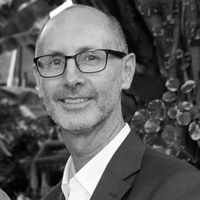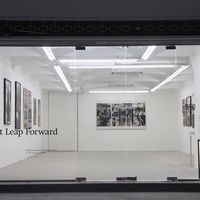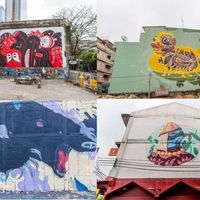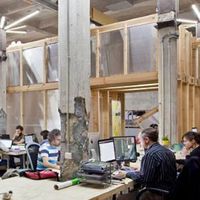In conversation with Han Nefkens | Founder, Han Nefkens Foundation, Spain

Dutch writer, collector and art patron Han Nefkens, strongly feels that private passions can be public benefits. In 2009, he set up the Han Nefkens Foundation in Barcelona, the city in which he resides, in order to support emerging artists worldwide. The Han Nefkens Foundation collaborates with renowned art institutions across the world to show the new works commissioned by the foundation through its awards and grants.
David Fernández: What was set out to achieve when the Han Nefkens Foundation was founded?
Han Nefkens: Our goal is to support emerging artists by producing new works with them which we then show at the art institutions we collaborate with worldwide. We give them a nudge in the right direction and we do so in a personal way. Because we are flexible, we can tailor our support towards the specific needs of the artists. In that sense, we are the ‘haute-couture’ of art foundations. We travel to meet the artists we are going to work with or we invite them to Barcelona so we can get to know each other. By doing so, we create an atmosphere of familiarity and a feeling of trust. Being an artist can be a solitary occupation so artists often enjoy talking about the creative processes they are involved in with us. We become a sounding board for them.
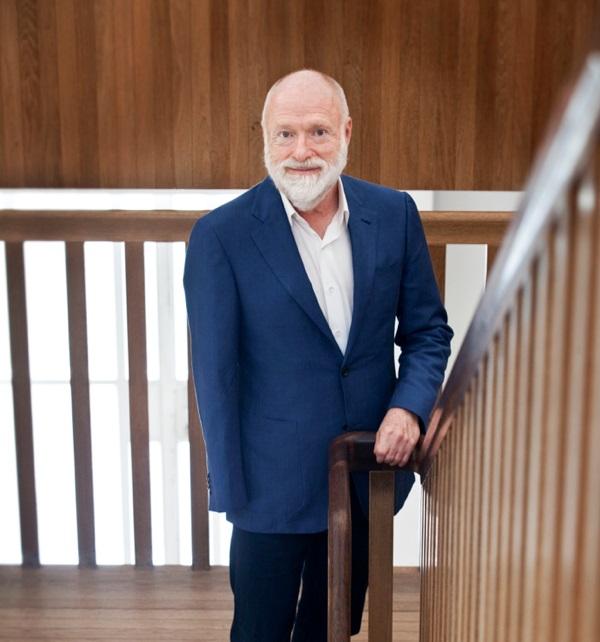
DF: How do you see the evolution of The Han Nefkens Foundation as an art platform?
HF: I’m convinced that our strength is that we connect people from all over the world. Often, just putting people in touch with each other: an artist with a curator, a curator with an art institution or an artist with another artist is enough. From there, things take their natural course. We will then expand that international network over the coming years so we can connect even more people through art.
DF: What have been the most important focus of your platform?
HF: Our focus is always the artists we work with. We not only support them financially and through our worldwide contacts but also give them a boost of confidence by showing them that we believe in them. Exhibiting their work for the first time in prestigious art institutions furthers their career as well.
DF: The Han Nefkens Foundation now focuses solely on video art. It collaborates with renowned art institutions across the world to show the new works commissioned by the foundation through its awards and grants. Tell us more about the reason behind shifting the focus to this specific discipline.
HN: Gradually, the foundation expanded its activities from collaborating with museums to working with artists in order to produce work that brought attention to the stigma around HIV. We were supporting cutting-edge fashion designers and even young Spanish-speaking writers. It was exciting and enriching to be involved in so many different fields but our energy became too dispersed because the projects were so diverse. What we did in the fashion world did not strengthen our activities in the art or literary world and vice versa. Our identity was blurred. That is why, 3 years ago, I decided to focus only on producing new work with video artists and showing that work internationally. I have always been interested in video art and my private collection contains works by quite a number of internationally recognized video artists such as Pipilotti Rist, Bill Viola and Shirin Neshat. There are a lot of very promising video artists, particularly in Asia, and as far as I know there are no foundations that solely support video artists. In the exhibitions we organize, we show both the more renowned artists from my private collection and the emerging ones with whom we produce new work. Another consideration is that when organizing exhibitions of video art all over the world, there are no transportation or insurance costs. We are able to use the money we save there to produce more works.
DF: Han Nefkens Foundation - BUK Museum Korean Video Art Award in Seoul (South Korea) has been just announced. Could you tell us more about your experience partnering with Asian cultural institutions?
HF: We have worked with several art institutions in Asia including the BACC in Bangkok, OCAT in Shanghai and Shenzhen and the He Xiangning Art Museum in Shenzhen and we have always found these collaborations to be both efficient and pleasant. There are many promising artists in Asia, and Korea is the place to be if you are interested in video art. Besides that, there is also a more personal reason. I’m fascinated by Asia. It is such a dynamic continent, everything is in constant flux and the people have the flexibility to move along with all the changes. I am particularly happy that we are now collaborating with the BUK Museum. It is of excellent standing and through this project, my team and I have a chance to get to know the Korean culture and people. I have found them to be kind and warm and with a certain depth that may come from having suffered across history. It is precisely this depth that makes Korean artists stand apart so I am looking forward to getting to know more of them.
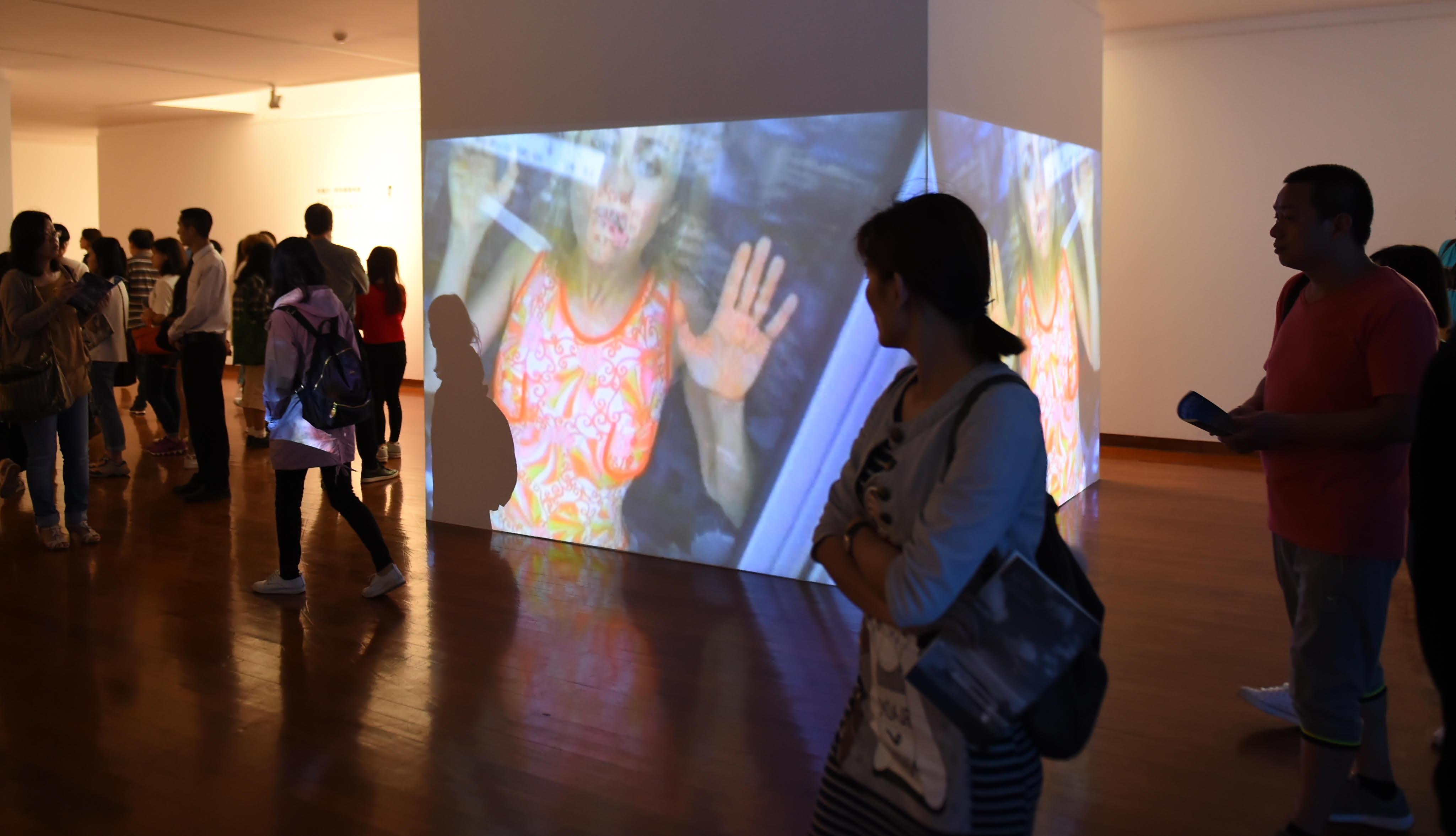
DF: This award aims to be a tool for increasing contemporary artistic production in the video art field and is directed at Asian artists. What’s your views on the region's diverse contemporary art scene?
HF: I’m very excited about what is going on in Asia and at the pace things are developing. There are new museums, new galleries, biennials, more and more collectors and above all, a fair number of promising young artists. The people I’ve encountered so far are just as eager to find out what is going on in the rest of the world as I am in finding out what’s happening there. Both them and I have a lot to learn and that is a challenge I am looking forward to.
DF: Besides video art, now your organization is also supporting cutting-edge fashion designers. What are your plans for the future of Han Nefkens Foundation, do you have any specific goals you would like to attain in the future?
HF: If you had told me 5 years ago that I would be focusing mostly on video art, I would have been surprised and I am sure that in 5 years’ time things will be different from what I envision now. But I can tell you what would give me the greatest satisfaction and that is to see that ‘our’ artists are doing well and receiving the recognition they deserve.
- To find out more about the Han Nefkens Foundation please visit: https://www.hnfoundation.com
- To find out more about the BUK Seoul Museum of Art please visit: http://sema.seoul.go.kr/
___
David Fernández is a Spanish-born contributing writer working in South East Asia for nearly a decade. Currently working as freelance arts & cultural project manager and digital media consultant around the region, he is also the co-founder of Cho Why multi-disciplinary project space in Bangkok, Thailand. He previously co-founded Le Cool Bangkok arts & culture webzine and worked as content director.
Similar content
19 Jul 2016

